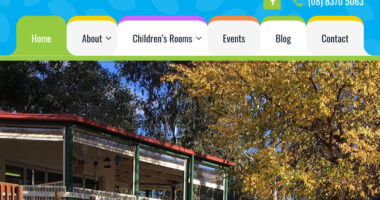At some point, your business may find itself needing to be understood by people who speak different languages. Maybe your business has offices in multiple countries or maybe you ship products all over the world. For whatever reason, you need to make your website multi-lingual.
Human vs Machine Translated Content
Essentially there are two methods you can use when building a multi lingual website; manual translation, and machine translation.
- Manually human translated content. For each page of content, a human translator creates a different version for every language you want visitors to be able to read your website in. Since all these pages must be made with almost as much care as the original page, it is a lot more work than method 2 but it yields the best results.
- Machine translated content. You plug the original content into a computer algorithm which translates it instantly. This is quicker and easier than manually translating content but can lead to results with bad grammar and cultural misunderstandings. It also looks lazy to a native speaker of the language, which can make your business look unprofessional. You can use the Google translator widget on your website to quickly make your content available in additional languages. Ironically enough, Google can detect machine translation and will penalise your website’s search rankings for using it – including Google Translation.
A compromise is to machine translate content and then get a human translator to review the results. The translator can correct the most obvious errors and cultural faux pas giving you the best of both worlds.
Implementing a Multilingual Website
Phoenix Web can’t translate content for you. But we can provide the code required to make a multi-lingual website work. Your website will require code that does the following – when a visitor arrives at your website, it will detect which country the request is coming from and will serve up the page corresponding to that country’s language. The page will contain links for different language versions of the page, which can be clicked by the visitor.
There are other considerations when building a multi-lingual website.
- You’ll want to set the correct language code in the HTML so that screen readers know what language the text is supposed to be written in.
- For certain languages, you’ll need to set the direction the text is written in. The default is left to right but languages such as Arabic are written right to left.
- You may want to change font sizes on pages of certain languages. Font sizes that are easy to read in English are not so easy for languages like Chinese or Japanese.
- Your website should be responsive to the changes in length of words. For example, a menu written in English will be bigger when written with German words. You need to account for this situation and ensure elements won’t overflow the page.
- If your website is an eCommerce site, you’ll need to make decisions about currencies. Which ones will you use? How will you calculate prices in different currencies? And so on.
For WordPress websites, probably the best solution to make your website multi-lingual is the WordPress Multilingual Plugin. This adds the code necessary for most aspects of a multi lingual website and provides an interface for translators to come in and do their job.


